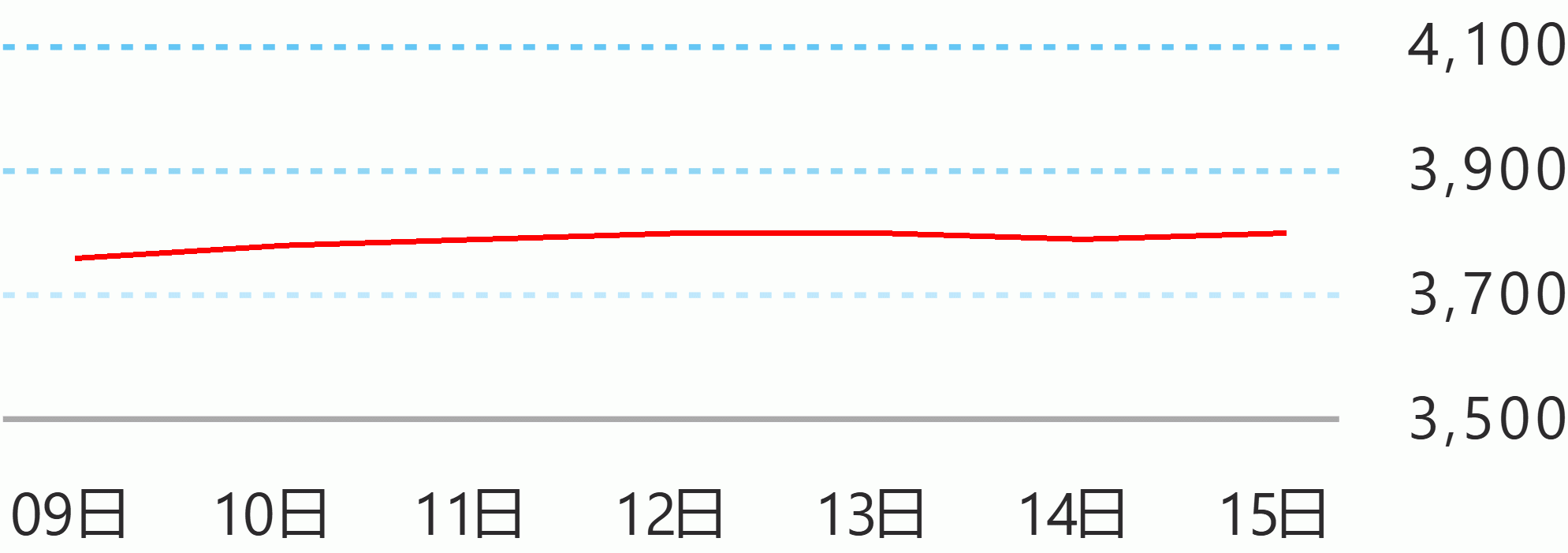Outstanding external debt declined in the second quarter, the Bangko Sentral ng Pilipinas (BSP) said Friday.
The country also recorded a lower external debt to Gross Domestic Product (GDP) ratio of 26.8 percent from 27.5 percent in the previous quarter. The ratio remains one of the lowest as compared to other ASEAN member countries.
The low outstanding external debt to GDP ratio, a solvency indicator, indicates the country’s sustained strong position to service foreign borrowings in the medium to long-term.
Other key external debt indicators also remained at prudent levels. Gross International Reserves (GIR) stood at US$100.9 billion as of end-June and represented 7.3 times cover for short -term debt based on the original maturity concept.
The debt service ratio (DSR) dropped to 5.0 percent from 9.5 percent recorded for the same period last year due to lower repayments accompanied by higher receipts. The DSR, which relates principal and interest payments (debt service burden) to exports of goods and receipts from services and primary income, is a measure of adequacy of the country’s foreign exchange earnings to meet maturing obligations.
External debt, which refers to all types of borrowings by Philippine residents from non-residents (following the residency criterion for international statistics), stood at $107.7 billion as of end-June, down by $2.1 billion (or 1.9 percent) from the $109.8 billion level as of end-March.
The decrease in the debt level during the second quarter was mainly due to negative foreign exchange revaluation of $2 billion as the US Dollar strengthened against other currencies amid the Ukraine-Russia conflict and the US Federal Reserve’s recent policy actions to raise interest rates to curb inflation.
The transfer of Philippine debt papers issued offshore (from non-residents to residents) of $613 million and net repayments of $86 million further contributed to the decline in the debt level, reducing the effect of prior periods’ adjustments of $598 million.
Year-on-year, the country’s debt stock rose by $6.5 billion. The increase was driven by net availments of $12.5 billion, largely by the National Government ($8.5 billion) and prior periods’ adjustments of $2.8 billion.
Meanwhile, the transfer of Philippine debt papers from non-residents to residents of $5 billion as well as the negative foreign exchange revaluation of $3.8 billion partially tempered the increase in the debt stock for the period.
As of end-June, the maturity profile of the country’s external debt remained predominantly medium and long term in nature with share to total at 87.1 percent.
On the other hand, short term accounts comprised the 12.9 percent balance of debt stock and consisted of bank liabilities, trade credits and others. The weighted average maturity for all medium and long term accounts remained at 16.9 years as compared to previous quarter, with public sector borrowings having a longer average term of 20.4 years compared to 7.1 years for the private sector. This means that foreign exchange requirements for debt payments are still well spread out and, thus, manageable.
Public sector external debt declined to $65.7 billion (or by $1.7 billion) as of end-June from $67.4 billion as of end-March. About $57.7 billion (87.8 percent) of public sector obligations were NG borrowings while the remaining $8 billion pertained to debt of government-owned and controlled corporations, government financial institutions and the BSP.
Private sector debt also declined from $42.4 billion as of end-March to $42 billion as of end-June , albeit share to total increased from 38.6 percent to 39.0 percent.
Prior periods’ adjustments of $516 million was offset by: (a) net repayments of $375 million; (b) increase in resident investments in Philippine debt papers issued offshore of $369 million; and (c) negative foreign exchange revaluation of $173 million.
Major creditor countries were Japan ($13.8 billion), United Kingdom ($3.6 billion) and The Netherlands ($2.8 billion). Creditor mix continues to be well-diversified.
Loans from official sources (multilateral and bilateral creditors) had the largest share (37.4 percent) of total outstanding debt, followed by borrowings in the form of bonds/notes (34.9 percent) and obligations to foreign banks and other financial institutions (20.9 percent); the rest (6.9 percent) were owed to other creditors (mainly suppliers/exporters).
In terms of currency mix, the country’s debt stock remained largely denominated in US dollar (56.2 percent) and Japanese yen (9 percent). Multicurrency loans from the World Bank and Asian Development Bank represented 21 percent of total. The 13.8 percent balance pertained to 14 other currencies, including the Euro, Philippine peso and Special Drawing Rights. BSP





 English
English










